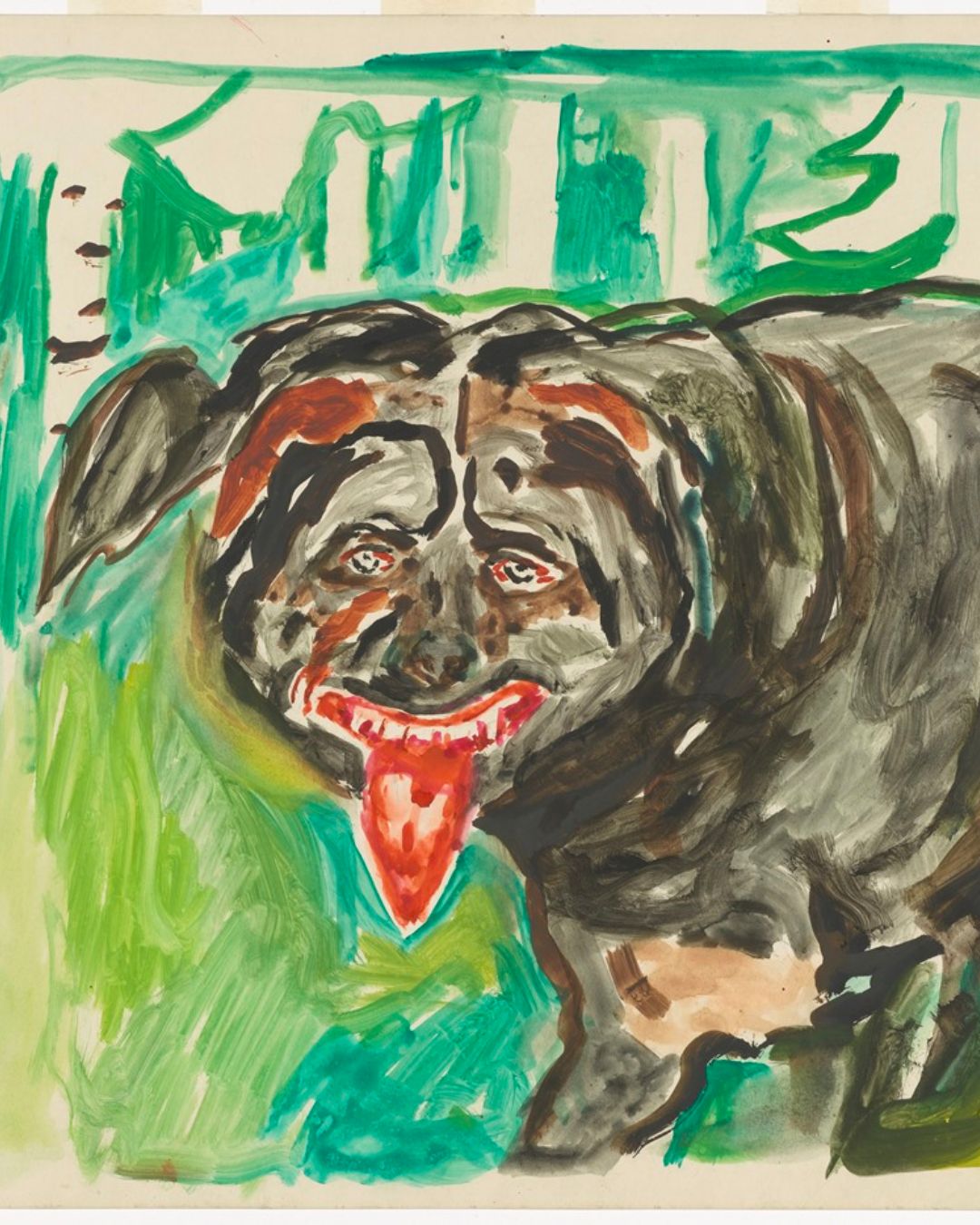2020 saw the world going into quarantine after the outbreak of Covid-19. Many people spent this time reflecting upon their life and complaining about it on social media. Then some went through an existential crisis. It seemed like the plot of an apocalyptical sci-fi movie — it was surreal, dark, and vivid at the same time.
The ever-changing and ever-moving earth was standing still for once and humans couldn’t cope with it. Even the asocial ones, who claimed that they could spend their entire life trapped inside their rooms, found it hard to do so. The pandemic had filled hearts with despair and had moulded the minds of many like cattle.
So, they turned to the best option that they had, watching series and movies on Netflix, reading novels, and listening to music. The longing and rusted heart of a quarantined human being found solace in things that they usually wouldn’t turn to. Suddenly Netflix series like “Dark” saw a rise in popularity. Readers ordered more of Haruki Murakami and Franz Kafka’s novels. Music lovers turned to dark pop, post-rock, progressive rock, and jazz. The mellow, dark, yet soothing nature of these music genres appealed to a new generation of people.
All these things pointed towards the return of a movement that many didn’t expect. After all, Dadaism wasn’t extensively used since World War I.
The Origin of Dadaism
During the mid-1910s, a movement took the artistic world by storm. It was started in Zurich but soon found its way to New York, Paris, and other cities in the world. The movement was inspired by the horrors that humanity got to see during World War I. It was another dark period for everyone and they found this movement to be relevant to them.
The Dada movement found itself defying capitalistic logic. Instead, it was satirical and nonsensical. From painting, poetry, and stories to music, sculpting, and various other art forms, the Dada movement had found its mode of expression. Yes, World War I and the pandemic aren’t the same kinds of catastrophe. Yet, they have managed to garner a similar kind of reaction from people.
Of course, the movement didn’t last long. By the mid-1920s, the Dada movement slowly disappeared and people turned to surrealism and later modernism. The legacy of the movement continued to inspire many artists. However, it never received the same height of popularity.
Then the pandemic happened…
The Resurgence
While we have been talking about World War I and the pandemic, those weren’t the only things that happened in 2020. In Australia, the bushfires made headlines and in India, the recurring floods in the country’s north-eastern region caused a lot of worries. In the US, the death of George Floyd brought back the Black Lives Matter movement. The entire mourned with the United States of America.
So, it is not a surprise that people would look for an escape through art. It is expected. No matter how intellectual we think we are, our surroundings shape and affect us. People turning to art forms that have Dadaistic themes would be natural. Although there is another factor that plays a large role in this.
The Role of Generation Z
Born between 1996 and 2010, the oldest member of Generation Z is either 25 or will be turning 25 in 2021. The youngest, on the other hand, is only 11 years old. Similar to Generation Y or Millennials, Generation Z is also prone to mental health problems. To make matters worse, they are young and the pandemic has already led to a fall in the economy and many people have lost their jobs.
So, it wouldn’t be a surprise if they found an escape in the Dada art movement. Thus, bringing a movement back from the dead.





